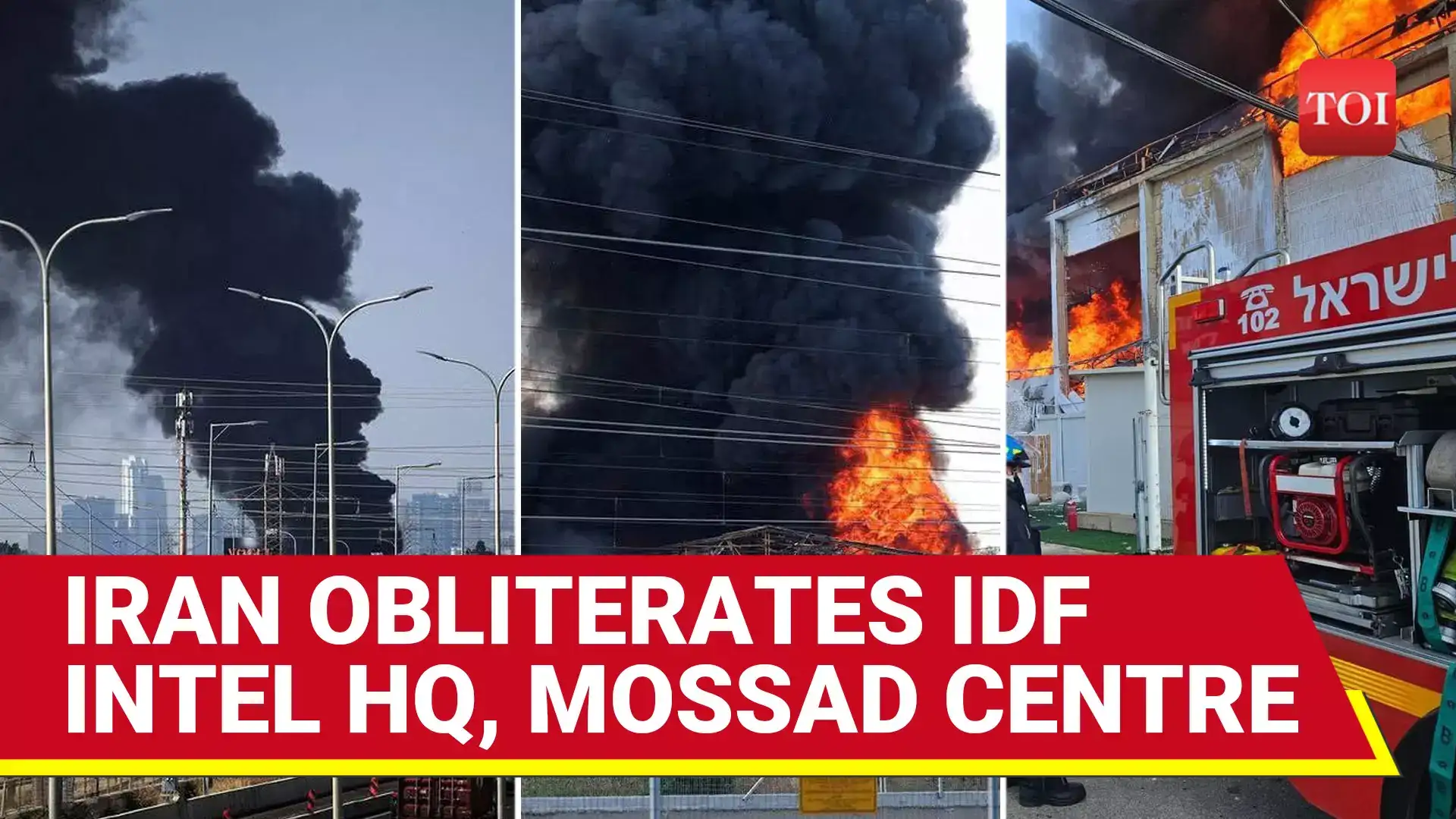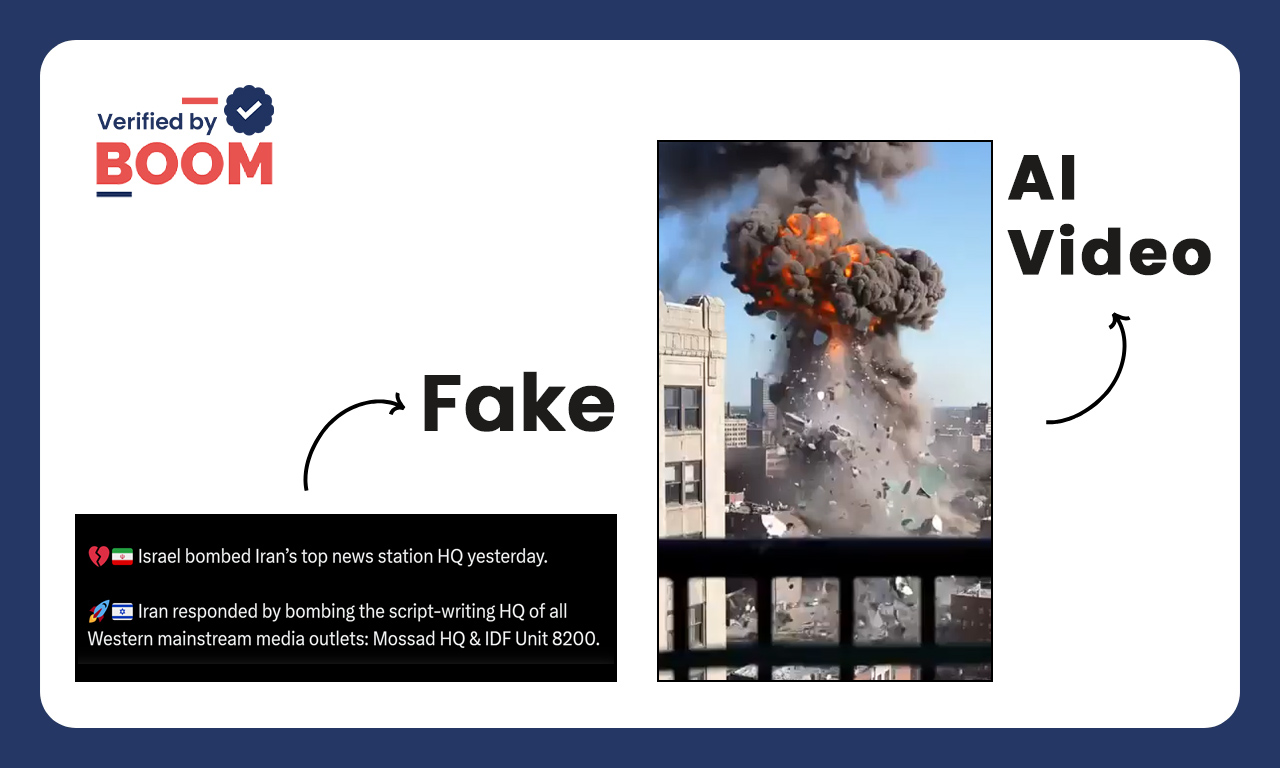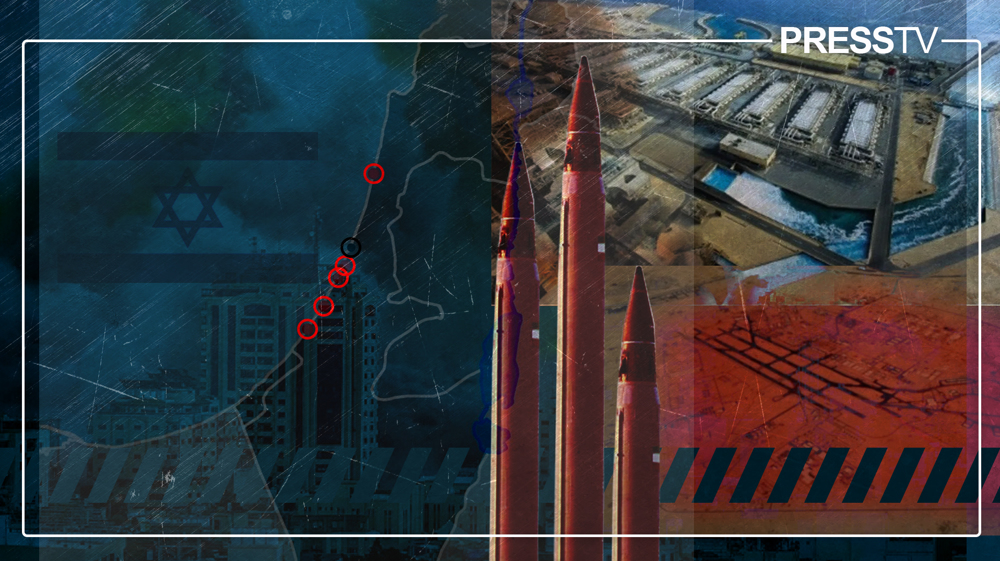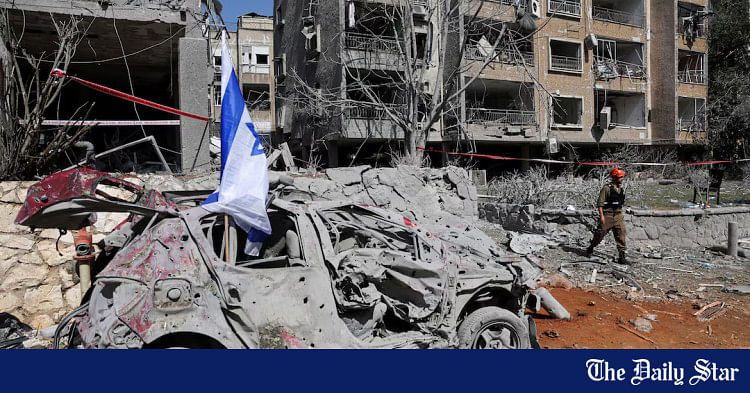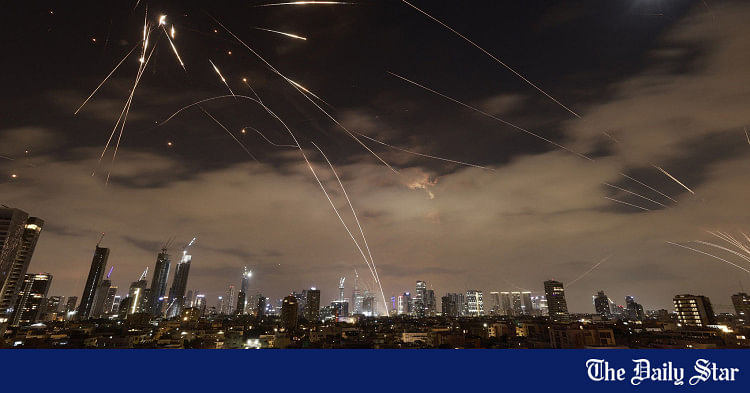BroHezb, Hamas, PIJ, PFLP, Hoosi, Iraqi PMU's have killed for Iran........
Iran can't afford to lose em.
These outfits have used Iran.
And killed for themselves.
That it served Iranian interests was a happy coincidence.
When the time came to kill FOR Iran they were completely and totally absent.
Biggest fkn waste and misplaced priorities and resources (including time invested) for Islamic Iran.

 World Affairs
World Affairs





